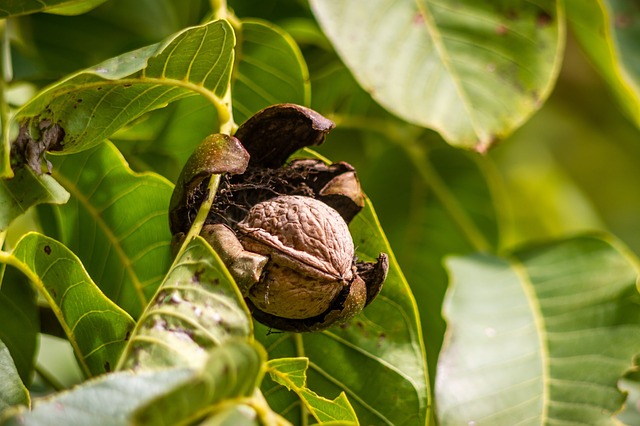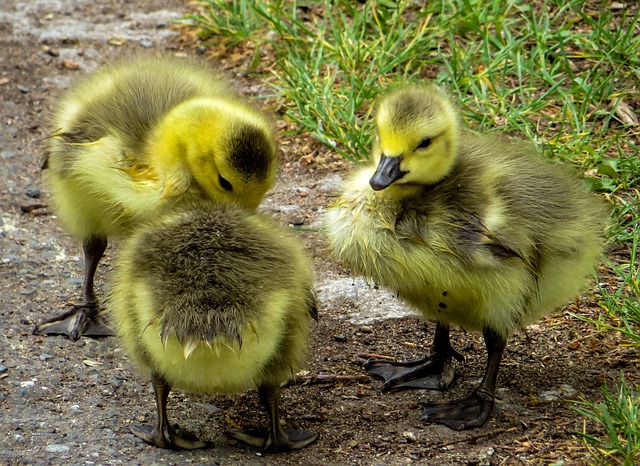By Edith Friesen and George Pór for Enlivening Edge Magazine
As human consciousness evolves, so do communities of practice. With each turn of the spiral, the stage or capacity for community of practice is transformed. Sounds simple, yet experience tells us that it can be difficult, even excruciating, to exchange safety for growth. We know this for ourselves as individuals. In the context of community, it becomes even more complex. And perhaps frightening.
 Why are we practicing? And with whom? As we move up the developmental spiral of our consciousness, our answers change. It is the in-between time where things get especially uncomfortable. We find ourselves itching to leave a particular community of practice that we’ve outgrown. Often we remain tethered by our emotional connections. Sometimes we don’t know where to find the next one.
Why are we practicing? And with whom? As we move up the developmental spiral of our consciousness, our answers change. It is the in-between time where things get especially uncomfortable. We find ourselves itching to leave a particular community of practice that we’ve outgrown. Often we remain tethered by our emotional connections. Sometimes we don’t know where to find the next one.
This happened to me. About 15 years ago, I was ensconced in a community of writers. All of us wanted to practice writing from the heart, and to share our writing in a safe environment. We wanted to write in a human-centered, not product-centered community. So our facilitator designed a community of practice that eschewed constructive critique in favour of appreciation.
At first, my writing and I both blossomed. Then we both wilted. While this community of practice supported me, it did not challenge me. I wanted to leave, but these practitioners had become close friends. I also wanted to support them. When I tried to shift how we practiced, a wall of fierce resistance rose up to meet me. My leaving was awkward and slow.
From a developmental perspective, I was frozen in a horizontal CoP. In his column, George Pór distinguishes such a CoP from a transformative community of practice (TCoP), which is “a group of transformative agents who share a passion for vertical development at various scales (from individual and team, to community organization, and larger social systems) as their domain of practice…. They cherish and cultivate the web of mutually supportive (and challenging) relationships that form the basis of their community.”
Why might an organization “going Teal” need a TCoP now? Two reasons.
 For one, personal evolution within the organization becomes more robust. People who engage in intentional personal evolution are typically small in numbers, at least initially, and smart enough to know that they need each other’s company to grow in a more grounded and balanced way.
For one, personal evolution within the organization becomes more robust. People who engage in intentional personal evolution are typically small in numbers, at least initially, and smart enough to know that they need each other’s company to grow in a more grounded and balanced way.
For another, the risk is low while the value is high. Since a TCoP is not on the org chart, not part of the hierarchy, those involved in the formal structures can afford to learn about the evolutionary breakthroughs from its practice, without risking the mistake of “rolling out” Teal to the whole company all at once.
It takes courage to take a vertical leap from one kind of community of practice to another. And it takes wisdom to help a community of practice make that leap en masse. Yet, this is exactly what the evolutionary impulse and the next-stage ecosystem seem to be calling for.
This in-between time is risky. Let’s make the leap forward with clear-eyed grace and wonder. While the all-scale, evolution-centered TCoP may be our emerging future, the human-centered CoP is very much our present and there is much to be learned before we are ready to transform to Teal. So, with a mind that holds it all, explore the December 2017 EE Magazine Highlights (emailed to you or after it’s posted on our site) .




